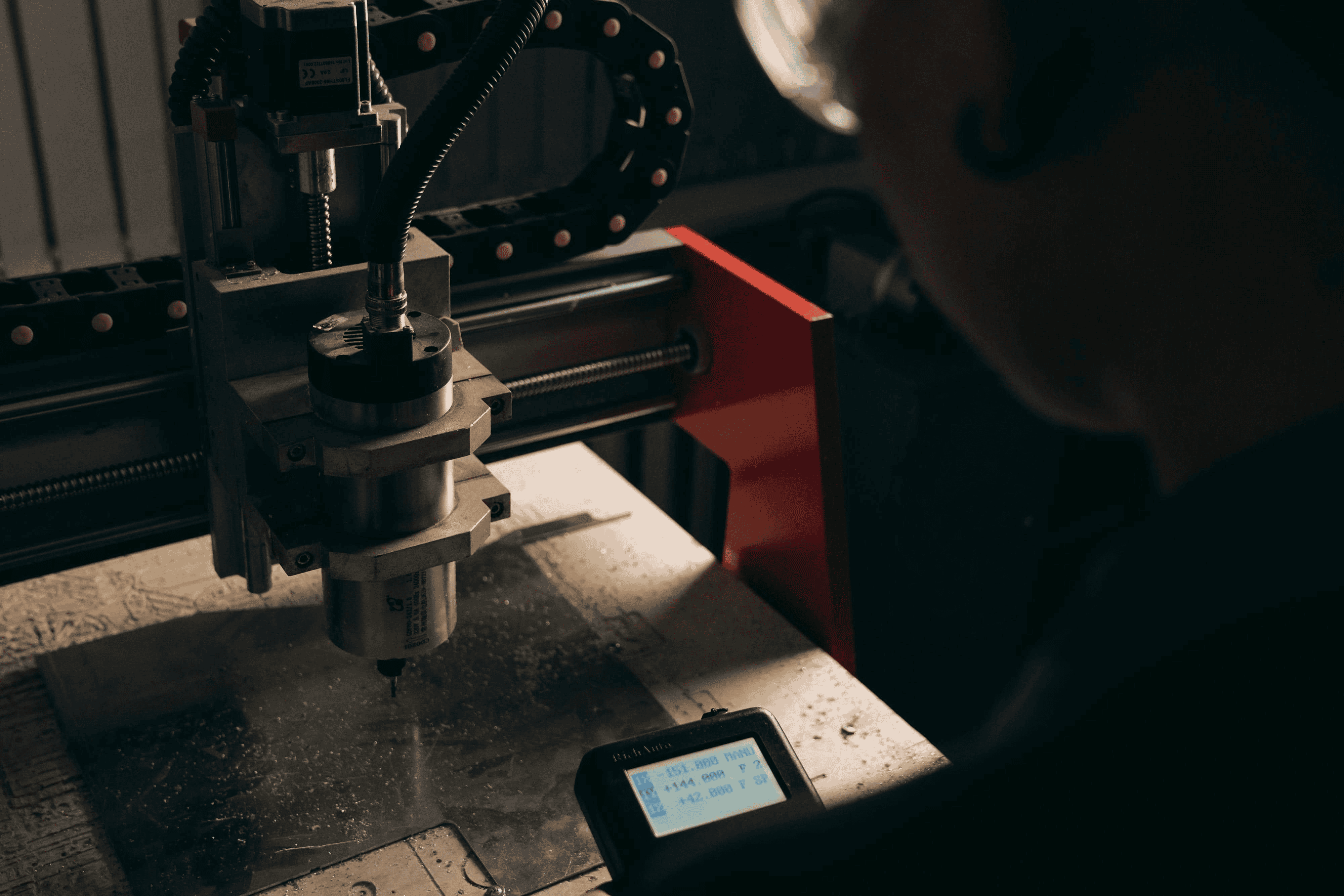Custom Fabrication

Metal laser cutting services use a focused beam to melt and eject material along a programmed path. The process excels at repeatable geometry, tight corners, and fine features on flat sheet or plate. Compared with mechanical methods, lasers minimize tool wear and keep dimensional accuracy consistent across long production runs. Kerf width is narrow, which preserves detail and simplifies nesting multiple parts per sheet.
Metal laser cutting services for stainless steel parts with tight tolerances and clean edges
Material choice influences strategy. Mild steel cuts quickly, aluminum demands careful heat management, and reflective alloys such as copper and brass benefit from modern fiber sources. Thickness range depends on laser power and setup. Thin gauge sheet can run at very high speeds, while thicker plate requires slower feed rates and more energy per pass. With the right machine and parameters, parts emerge with crisp edges and minimal rework.
Fiber machines dominate thin to medium sheet for speed, efficiency, and stability. They handle reflective alloys well and deliver fine beam quality for small features. CO2 platforms remain useful for certain materials and thicker sections, valued for smooth edge finish on specific applications. Process selection often comes down to material, thickness, edge requirements, and shop capability.
Assist gas pushes molten metal away from the cut and affects edge color and oxide formation. Nitrogen promotes bright, oxide free edges that are ideal for downstream welding and food grade applications. Oxygen boosts energy in the cut and can increase speed on carbon steel, though it introduces oxides that may require post processing. Air can be effective for cost control, with attention to finish and cleanliness expectations.
Stainless steel laser cutting favors nitrogen assist to avoid oxide scale and heat tint. Grades like 304 and 316 respond well when parameters balance speed, beam focus, and gas flow. Protective films can shield polished or brushed faces during processing. When setup is dialed in, stainless parts exit with clean edges that are ready for passivation, forming, or welding.
Cut strategy matters for small holes and tight interior features. Lead in and lead out moves help stabilize starts and stops, reducing burr formation. Micro tabs hold parts during cutting to prevent tip up and edge defects, and they can be removed during deburr. For decorative panels or food service components, a nitrogen cut paired with careful handling maintains surface appearance.
Modern fiber systems keep the heat affected zone small, preserving base material properties. Any heat tint at the edge can be treated through passivation or light mechanical finishing. Deburr methods such as tumbling, brushing, or light grinding remove micro burrs and soften sharp corners. The goal is a smooth edge that looks good and welds cleanly on stainless laser cutting jobs.
Typical tolerances for flat stainless parts are tight, and consistent results depend on clean optics, stable material support, and accurate focus control. Small holes should respect a practical rule of thumb where diameter is at least material thickness for smooth edges. Slot widths and internal radii benefit from modest relief to avoid heat buildup and charring of the cut path.
Good CAD choices reduce cycle time and improve part quality. Avoid overly sharp inside corners by adding small radii that match the beam’s effective spot size. Keep text features larger than the kerf so letters remain legible and robust. Group features to limit unnecessary pierces, since each pierce adds time and heat. For assemblies, standardize hole sizes, slot widths, and tab geometry to simplify jigging and downstream fabrication.
Nesting packs parts tightly to boost material yield, one of the fastest ways to control project cost. Software compensation accounts for kerf and keeps features true to design. Micro joints are placed on straight runs to make removal easy while stabilizing small parts during cutting. When you specify laser cutting ss on drawings, include thickness, grade, and finish callouts to avoid surprises during quoting and production.
Most work does not end at a stack of blanks. Clean parts need forming, welding, fasteners, or finish to become assemblies. Thoughtful design for manufacturing aligns hole locations with bending operations and considers grain direction on brushed stainless. Simple changes such as common bend radii or shared hardware standards can eliminate rework and shorten lead time.
For custom vehicle builds, laser cut brackets, gussets, mounts, and panels reduce weight while increasing repeatability. Tight tolerances ensure body panels, drawer slides, battery trays, and rack interfaces line up the first time. When combined with accurate bending and welding, the result is parts that bolt in, fit cleanly, and protect coatings and sealants from edge defects.
If your project needs stainless steel laser cutting with precise edges and predictable fit, align the cutting plan with downstream fabrication early. OZK integrates design, cutting partners, and shop fabrication so your parts arrive ready for bending, welding, and installation on the vehicle. Explore Custom fabrication, review our Fabrication services, and see Why choose OZK Customs to understand how we turn precise flat parts into finished assemblies. We serve clients nationwide from Fayetteville Arkansas with a focus on clean edges, tight tolerances, and predictable lead times that keep your build on schedule.
Bring your CAD file or a simple sketch and we will translate it into road ready parts. Share your project goals and let OZK align stainless laser cutting with fabrication, finishing, and installation. Submit the form to start your quote and lock in timelines that match your build.
ADDRESS:
6159 E Huntsville Rd, Fayetteville, AR 72701
PHONE:
(479) 326-9200
EMAIL:
info@ozkvans.com